Capsule Review: 2014 Nissan NV200 SV Cargo Van

For decades buyers made the pickup truck the bestselling vehicle in North America. Despite its utilitarian roots, the pickup truck has morphed from a working man’s appliance into a replacement for big body-on-frame American luxury sedans.
Sure, that V8 Crew Cab is a nice vehicle, but what are you really going to do with a five-and-a-half-foot bed?
For those not paying attention, there is a van revolution going on in the United States. The American vans that we have known and loved are about to die. Ford is replacing their E-series with the European Transit and the smaller Transit Connect. Chrysler ditched its full-size vans a decade ago and just recently replaced them with rebadged front-wheel-drive Fiats, under the Ram ProMaster line. Soon they will be adding a smaller Ram ProMaster City.
Nissan was one of the early pioneers in the next-gen van space, with the big, if awkward looking, NV-series vans. The big NVs come with V6 and V8 engines, and can be ordered in varying wheelbase lengths, heights, and capacities. They recently followed it up with the smaller, front-wheel-drive based NV200 that you see above. The NV200 also serves as a basis for New York City’s Taxi of Tomorrow, which can been bogged down by all kinds of politics.
When compared to a compact pickup truck (a segment that many seem to dearly miss), the advantages of any van are clearly apparent. The most obvious one is the large lockable cargo space that can protect one’s belongings from theft or the elements. Cargo space on the NV200 is 122.7 cubic feet, comparably bigger than most capped pickup beds. Furthermore, it is accessible not only from the rear, via two large barn doors, but also via a large sliding door on each side. The floor of the cargo area is lined with rubber and there a six D-rings to tie objects down.
That cargo area is 53 inches high and 54 inches wide, with 48 inches between the wheel-wells, which is the width of a standard piece of plywood. That plywood will be easy to load, too, as the loading floor is just 20 inches off the ground – no Man Step® needed here. The maximum length of that plywood is limited to 82.8 inches. Longer items, up to 116 inches, can be transported when the passenger seat back is folded down. All that cargo space can be filled with up to 1500 pounds of people and things, which is more than some full-size pickups.
The passenger portion of the interior is finished in a typical commercial-grade heavy durable plastic. This SV model was equipped with Nissan-typical infotainment system which consists of a slightly outdated nav system, USB port, CD player, Bluetooth, satellite radio, Pandora streaming, and a handy back-up camera. Secondary steering wheel mounted controls are a nice touch. While there are plenty of storage cubbies, none of them are particularly large or covered. Many small business owners would probably appreciate additional USB ports and a 120vAC receptacle. The seats are covered in durable cloth, but with a short bottom cushion and a hard headrest that presses on the driver’s head, they are not very comfortable overall.
The NV200 is powered by a 2.0-liter DOHC four-cylinder engine which makes 131hp and 139lb-ft of torque. It is matched up with a continuously variable transmission (CVT) which sends that power to rather small looking fifteen inch wheels that are wrapped in 185/60-15 tires. NV200’s major utilitarian shortfall, in part due to that engine, is that it is not recommend for trailer towing, something that every pickup truck will happily do. The EPA rated the little van at 24mpg in the city and 25mpg on the highway, which is superior to any pickup with the exception of the new Ram 1500 EcoDiesel.
The small wheels may not inspire confidence but a Nissan product development guy assured me that they have beat the crap out of them in testing and found no faults. I traveled in the NV200 around some very industrial roads that have a lot of heavy truck traffic, and dirt roads that leads to my local junkyard, and found no issues. Many trucks and vans beat up on their passengers when driven unloaded, but the NV200 was pretty smooth. Unfortunately, the only cargo I was able to transport with the NV200 was a pair of Specialized Stumpjumers and some parts for my project car, both of which were of no significance in terms of space or weight.
In city driving, an empty NV200 has just enough power. It will get out of its own way, but drag racing even the slowest of bicycles cars should be avoided. It somehow feels a little livelier on the highway, but passing or merging maneuvers should be planned well in advance. Smart packaging makes the NV200 a rather narrow vehicle, and allows it to easily zip around cities and fit into parking garages – something that was likely inspired by the needs of van customers in Europe and Asia. Despite the large mirrors, rear windows, and a back-up camera, reversing can still be intimidating to some.
The NV200 S starts at $20,490. The SV model starts at $21,480 and it surprisingly does not come with many extra features but it allows the buyer to select many more options, whereas the S is strictly a stripper. The pictured Red Brick SV came with a Technology Package ($950), rear glass ($190), and painted bumpers ($190). Add destination and handling and the total price comes to $23,670.
With Ford’s Transit Connect and the upcoming Ram ProMaster City, this segment of the market is about to get red hot. Nissan is strong out of the gate with the early availability, strong price point, and the best gas mileage. Being slightly envious of all these vans, General Motors will have its own mini cargo van called City Express, which forgoes imitation and in the most flattering way replaces the Nissan badge with a bowtie.
Kamil Kaluski is the East Coast Editor for Hooniverse.com. Read his ramblings on Eastern European cars, $500 racers, and other miscellaneous automotive stuff can be found there.
Nissan provided the vehicle for this review.

More by Kamil Kaluski
Latest Car Reviews
Read moreLatest Product Reviews
Read moreRecent Comments
- Bd2 If I were going to spend $ on a ticking time bomb, it wouldn't be for an LR4 (the least interesting of Land Rovers).
- Spectator Wild to me the US sent like $100B overseas for other peoples wars while we clammer over .1% of that money being used to promote EVs in our country.
- Spectator got a pic of that 27 inch screen? That sounds massive!
- MaintenanceCosts "And with ANY car, always budget for maintenance."The question is whether you have to budget a thousand bucks (or euro) a year, or a quarter of your income.
- FreedMike The NASCAR race was a dandy. That finish…



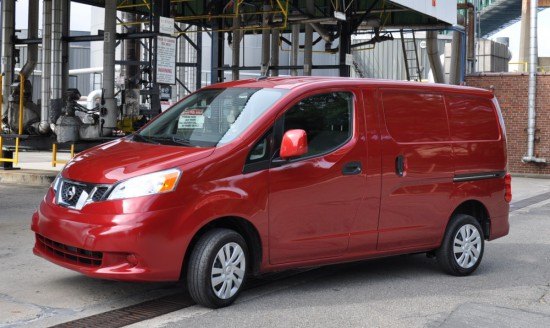




















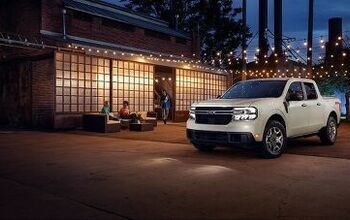
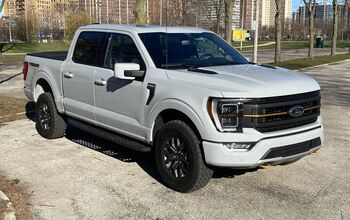

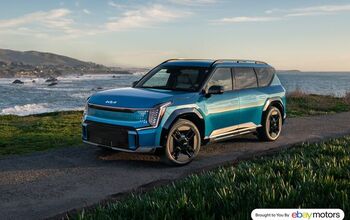

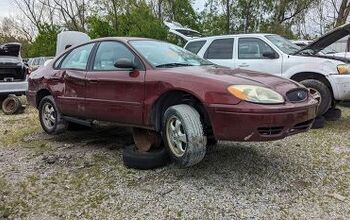
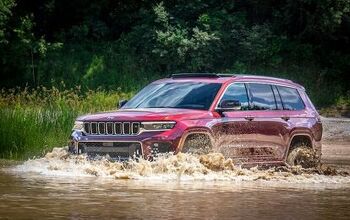

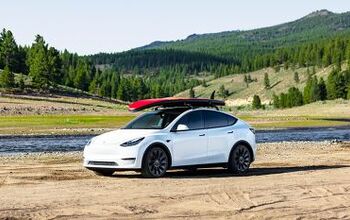

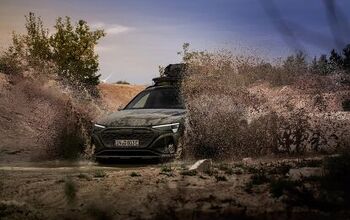
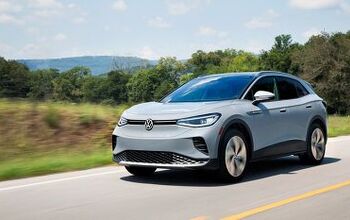
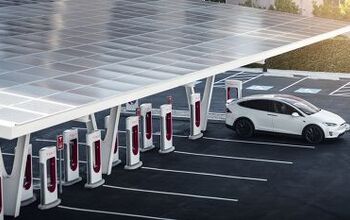
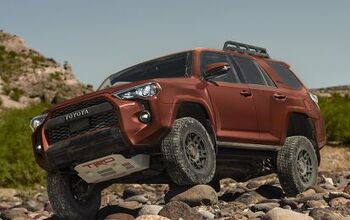

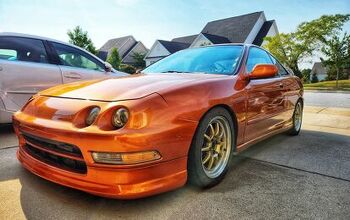

Comments
Join the conversation
Is this previous gen Sentra 2.0 slightly de-tuned? Nice to get a more comprehensive rental review some time later on to see how things hold up for commercial use. Hope the a/c works well, there's gonna be a lot of cooling to do after parked in the sun. I don't like swing doors cause they engage cyclists & poles and can get blown around. The side sliding door forces you into traffic when parked 'wrong side' of a one way. I'd prefer an almost ambulance canopy with a pop-up rear door and slide back front passenger doors. But that's just me. CVT friction is the enemy to towing here.
1.if you think a jatco cut will stand up to cargo van duty, you're an idiot. Cargo vans take more abuse than anything except a tow truck, buy a transit connection with an auto. 2 the e series is not going away, the e 350 extended cargo and 450 cutaway will continue production alongside the transit for at least another decade What do I do with a 5.5 foot cargo bed? If it doesn't fit it goes on the ladder rack or gets put in a trailer, as they don't offer a 8 foot bed with the crew cab 150